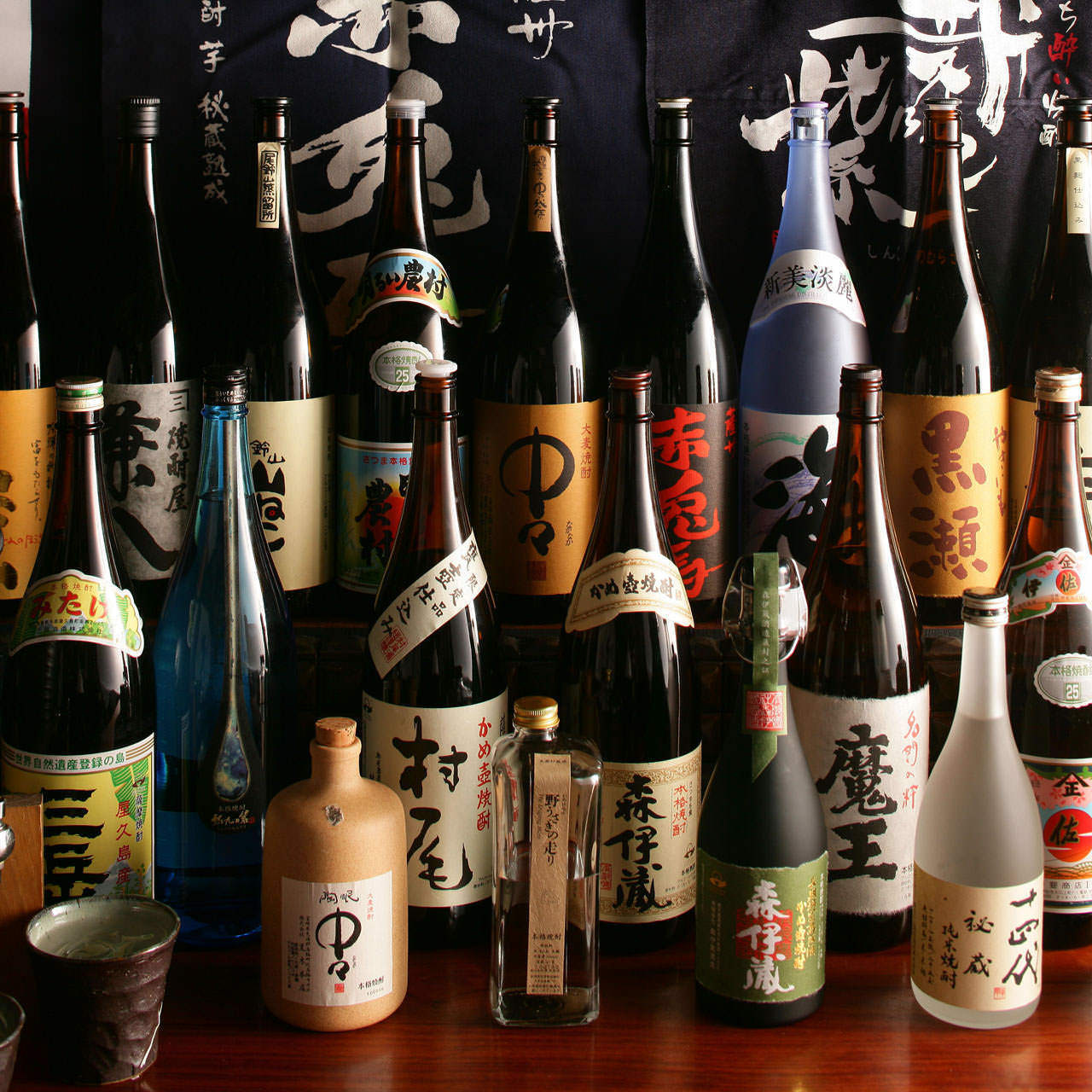Episode-: Rebroadcast: Shochu 101

Podcast: Download
We’re getting back to basics this week in the world of shochu with one of our most popular shows from our back catalog: Shochu 101. Released back in December of 2018, Mr. Shochu himself, Christopher Pellegrini, walks us through the fundamentals that should help anyone new to the category better understand and enjoy Japan’s incredible indigenous spirit.
As to why we selected this particular episode to dig out of the archives; we’ve got a feeling that shochu’s time is close-at-hand. This past year has felt like a significant shift for shochu, with California following up New York in amending laws related to the labelling and sales of Japanese Shochu, bartenders and mixologists further gravitating toward the exceptional koji-powered spirit, and maybe more than anything, producers in Japan really getting on board with a new shift in mindset surrounding the communication and marketing of their product, resulting in the types of industry connections and communication that shochu (and sake) have long missed out on – until now.
So sit back, mix yourself a shochu cocktail (or a glass of oyuwari) and time travel a bit with the Sake On Air crew into the wonderful world of shochu.
We’ve got more sake and shochu-inspired goodness headed your way again in just a couple of weeks. Until then, kampai!
It was time to lay the groundwork for our up-and-coming explorations into the worlds of shochu and awamori. Welcome to Shochu 101 – class is in session.
After picking the brains of a few bartending alchemists on the subject, we decided to put the Shochu Pro himself, Mr. Christopher Pellegrini, in the hotseat for 60 minutes in order to break down the fundamentals of both shochu and awamori. For those unacquainted the Japan’s indigenous distillates, this is a great place to start. Hopefully by the end we’ll have your interest piqued enough to inspire a shochu-filled holiday to come!
What (can) shochu and awamori be made from? What are the 4 geographical indications for shochu and awamori and why? Is the word “honkaku” important? How did California pave the way for shochu’s market penetration in the U.S. while simultaneously setting communication around the beverage back a generation (or more)?
A HUGE thanks to our listeners for all of your support in 2018. You are what make this all worthwhile and inspire us to do better each and every time in the studio. It’s only been about three months since we really got this show off the ground. We have a lot in store and we can’t wait to share more sake excitement in the coming year.
As always, @sakeonair is where you can find us on Instagram, Twitter and Facebook, and you can reach out to us at questions@sakeonair.com. Of course, a nice review is always welcome, as well.
Sake On Air is broadcast from the Japan Sake & Shochu Information Center located in Tokyo and made possible with the generous support of the Japan Sake and Shochu Makers Association. The show is brought to you by Potts.K Productions with editing by Mr. Frank Walter. Our theme is “Younger Today Than Tomorrow” composed by forSomethingNew for Sake On Air.








